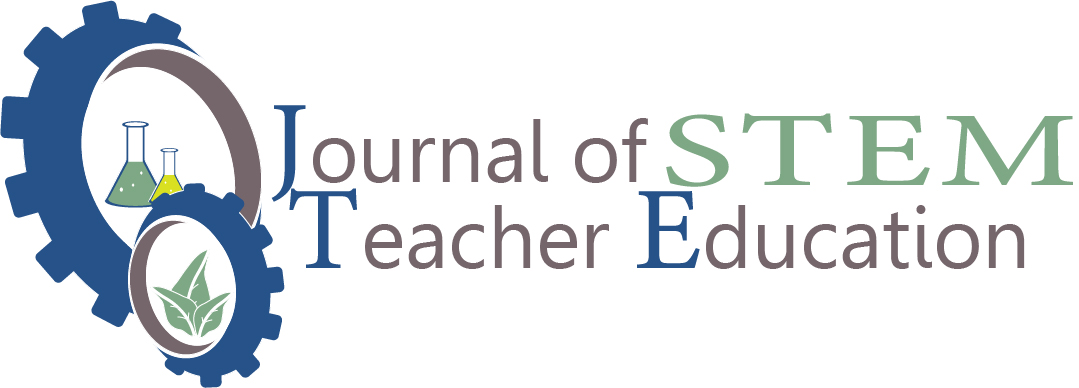
Abstract
Reform-based instruction can maximize learning and provide equitable access for students in both mathematics and science. A proposal for change by national organizations shed light on the need for programs in integrated science, technology, engineering, and mathematics (STEM) or with the inclusion of the arts (STEAM). A balanced approach to integrated STEAM education uses real issues from around the world to challenge students to be innovative, creative, and think critically about ways they can provide solutions. The purpose of this article is to highlight the potential of a transdisciplinary STEAM instructional approach, while examining the barriers that teachers face in implementation, and provide possible suggestions that allow for successful implementation of transdisciplinary STEAM instruction. With the growing interest in STEM education, it is important to better understand teacher challenges and obstacles to provide support for educators who are developing and implementing integrated STEM instruction. Integrated STEAM allows for creativity across disciplines and promotes students to become conceptual thinkers who are ready to approach future careers and education with more imagination and innovation.
Recommended Citation
Caton, Jennifer C.
(2021)
"Don't Run Out Of STEAM! Barriers to A Transdisciplinary Learning Approach,"
Journal of STEM Teacher Education: Vol. 56:
Iss.
1, Article 4.
DOI: https://doi.org/10.30707/JSTE56.1.1624981200.219832
Available at:
https://ir.library.illinoisstate.edu/jste/vol56/iss1/4
Included in
Art Education Commons, Curriculum and Instruction Commons, Disability and Equity in Education Commons, Educational Methods Commons, Elementary Education Commons, Science and Mathematics Education Commons, Teacher Education and Professional Development Commons

